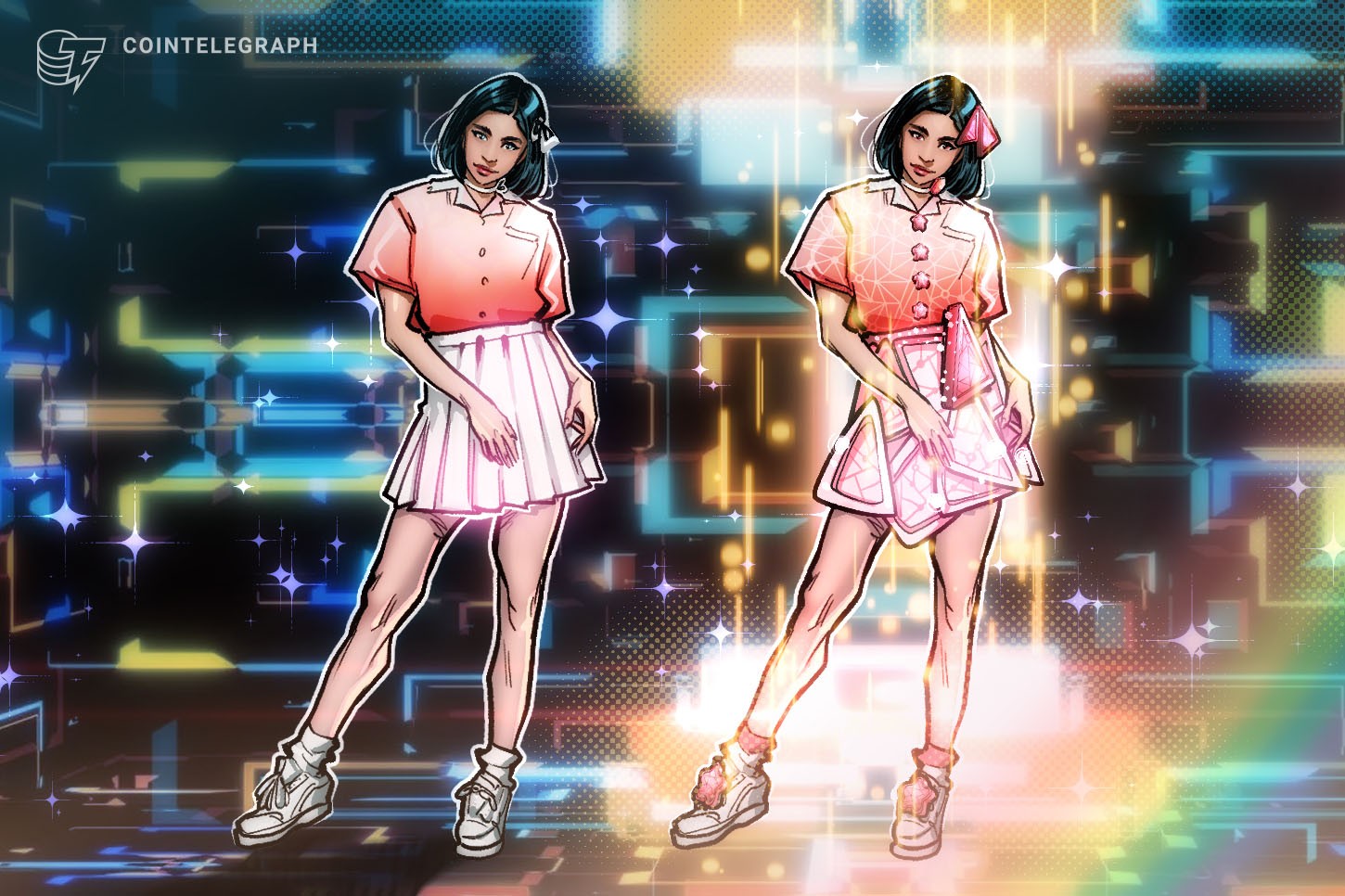
The fashion industry is progressively employing NFTs in conjunction with virtual technology to enhance user experiences.
The future of NFTs in fashion
The future of NFTs in the fashion industry carries significant potential. This is because the segment is expanding in lock step with the wider NFT market.
Looking at growth over the past couple of years, the global NFT market size was estimated to be $15.54 billion in 2021. Current projections indicate that it is likely to reach the $231 billion valuation mark by 2030, mostly driven by the widespread adoption of NFTs.
Considering these forecasts, NFT technology is poised to attract more users in the long run as it gains mainstream traction. This development is, in turn, likely to stimulate the growth of the NFT wearables market. Furthermore, the ongoing utilization of fashion NFTs in creative ways has the potential to boost demand for both virtual and phygital NFTs among digital-couture enthusiasts.
How are phygital NFTs used by fashion companies
The use of phygital NFTs, which are NFTs that are paired with physical items, is a growing trend among fashion brands that are looking to create a unique shopping experience.
Many fashion brands that use this strategy provide limited-edition NFTs that are virtual versions of physical items, such as NFT sneakers and jackets. The NFTs, which are bundled with physical products, enable customers to possess and wear the actual item while having a digital version of the item on the blockchain.
Among prominent phygital NFT events that have successfully demonstrated their desirability, Dolce & Gabbana’s Collezione Genesi auction sale of phygital NFTs in 2021 stands out. The sale of the nine-piece NFT collection set a fashion phygital NFT record after it was sold for approximately $6 million in Ether (ETH). It proved that there was substantial demand for phygital NFTs.
Since then, numerous prominent fashion enterprises have jumped on the phygital NFT bandwagon. One of them is Givenchy. In November 2022, the French fashion company launched a limited edition collection of phygital NFTs in collaboration with Bstroy, a streetwear brand. The unique collection included jeans, T-shirts, hoodies, bags and footwear.
In January 2023, L’Oréal Group’s Yves Saint Laurent Beauté fashion brand also joined the trend alongside luxury fashion brands such as Prada. One major reason why fashion brands are embracing the phygital NFT strategy is to offer a unique value proposition to customers who seek exclusivity.
An added benefit of using phygital NFTs is that they help counter the proliferation of counterfeit goods. This is because NFTs serve as proof-of-ownership, a factor that validates the authenticity of their corresponding physical items.
NFTs-powered digital fashion in the metaverse
The metaverse is a virtual world that allows people to connect with their peers and partake in activities that are analogous to those in the real world, such as working, gaming and shopping. Sometimes, these cyberspaces also incorporate elements of augmented reality and digital economies.
One major advantage of metaverses is their online accessibility. Consequently, fashion brands are increasingly turning to them as a practical alternative to traditional fashion shows when this is convenient.
By leveraging fashion NFTs in virtual environments, fashion companies that have embraced the concept have been able to create immersive avenues for fans and customers to check out their latest offerings. They mainly showcase NFT wearables in the metaverse that provide users with a higher level of individuality.
The Metaverse Fashion Week is an example of a successful metaverse fashion show event. The event attracts major fashion companies each year. Notable fashion companies that have participated in the event include Balmain, Dolce & Gabbana, Tommy Hilfiger, Adidas and Coach.
The event — which was pioneered in 2020 by the UNXD NFT marketplace and Decentraland, a virtual world platform — also attracts tens of thousands of enthusiasts annually.
Besides using metaverse fashion events to showcase their creations, some fashion brands set up NFT virtual stores within metaverses to make purchase processes more interactive, especially when there are major events. The stores are usually built on virtual land and help to enhance brand awareness among demographics that appreciate digital world experiences.
How are fashion NFTs used in augmented reality settings
Augmented reality (AR) has been hailed as the next frontier in NFT fashion. This is because the technology enables designers to create unique virtual fashion items that can be showcased and worn in augmented reality settings.
Delving a bit into the workings of AR, the technology enables computer-generated objects to be superimposed onto real-world environments, creating a holographic effect that integrates them into their surroundings. In the fashion industry the virtual objects include digital clothes and accessories. AR realism experiences are typically achieved using AR-enabled devices — such as smartphones, AR headsets and smart glasses — to provide users with a captivating experience.
By leveraging the advanced capabilities of AR, NFT fashion brands are able to make use of 3D virtual spaces to showcase their products in a dynamic and realistic manner.
Furthermore, the combination of NFTs and AR allows fashion brands to set up virtual fashion shows and events, granting designers the opportunity to display their collections. Such events are usually held on metaverse platforms.
Due to the combined potential of AR and NFTs, a collective of established footwear and apparel companies have been collaborating with digital fashion specialist agencies to help them tap into the space. The companies include Nike's RTFKT, Off-White and Adidas.Benefits of NFTs in the fashion industry
NFTs bring numerous benefits to the fashion industry. One benefit is that they enable creators to authenticate the ownership and genuineness of their creations on the blockchain while allowing collectors to acquire the digital assets, which can sometimes be sold for substantial profit via NFT marketplaces.
As a result, many prominent fashion designers are now eager to acquire the necessary skills for crafting NFT designs.
NFTs in fashion have also created new monetization opportunities for designers and creators by giving rise to innovative concepts such as NFT wearables in the realm of virtual reality.
What is an NFT wearable? NFT wearables are digital items that can be donned by user avatars or virtual characters within digital environments such as metaverses and games. They range from dresses and jeans to wearable NFT jewelry.
What makes wearable NFTs so special is that they allow digital fashionistas to customize their digital personas using virtual items such as clothes and accessories. The digital assets can be obtained, traded and sold within blockchain-based ecosystems. Much of their appeal lies in their capacity to enhance users’ virtual experiences.
That said, the value of NFT wearables is dependent upon a range of factors, such as their rarity, desirability and popularity, among others.NFTs revolutionizing the digital assets space
Nonfungible tokens (NFTs) are unique digital assets that are embedded on the blockchain and have unique identifiers that can be used to confirm their authenticity and ownership. Each NFT has a unique token ID and metadata that makes this process easy.
Their nonfungible nature means that each NFT token is one of a kind and cannot be interchanged for another token on a one-to-one basis. This is unlike fungible assets such as fiat currencies, where each unit holds the same value and can be substituted for another. Because of this property, NFTs are sometimes used to represent real-world items such as rare works of art, event tickets and even real estate.
That said, the meteoric rise of NFTs in the past couple of years has allowed their utility to extend across various industries. While the first NFT was created in 2014, their popularity has risen exponentially since 2021, when demand for NFT art started to grow. And now, the fashion industry is embracing them due to the unique benefits that they offer.
You can get bonuses upto $100 FREE BONUS when you:
💰 Install these recommended apps:
💲 SocialGood - 100% Crypto Back on Everyday Shopping
💲 xPortal - The DeFi For The Next Billion
💲 CryptoTab Browser - Lightweight, fast, and ready to mine!
💰 Register on these recommended exchanges:
🟡 Binance🟡 Bitfinex🟡 Bitmart🟡 Bittrex🟡 Bitget
🟡 CoinEx🟡 Crypto.com🟡 Gate.io🟡 Huobi🟡 Kucoin.
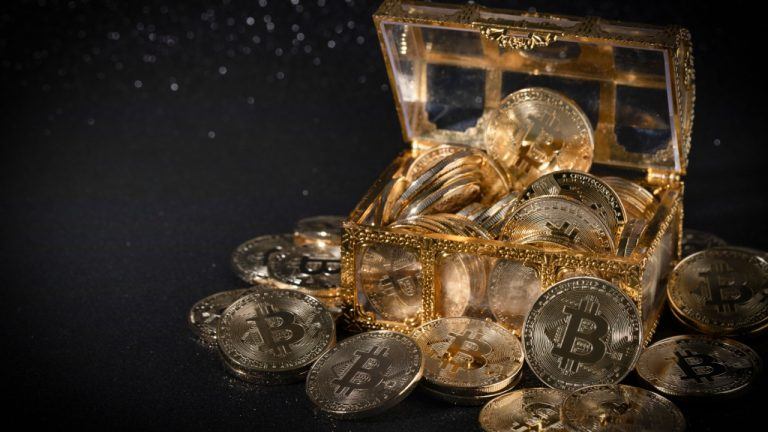

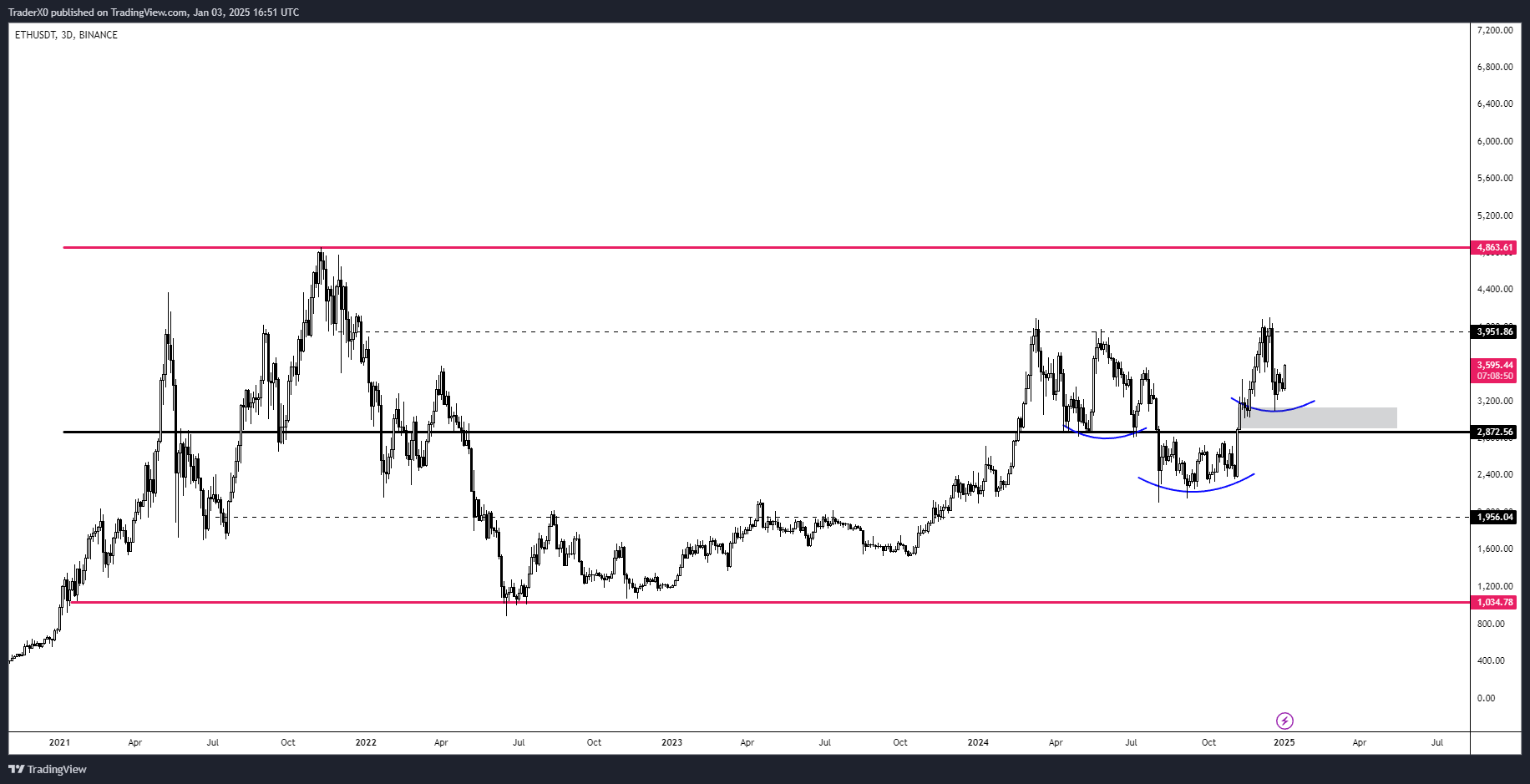
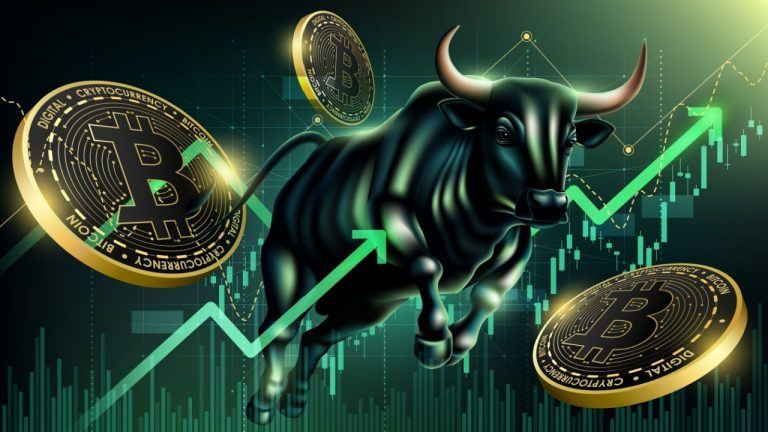
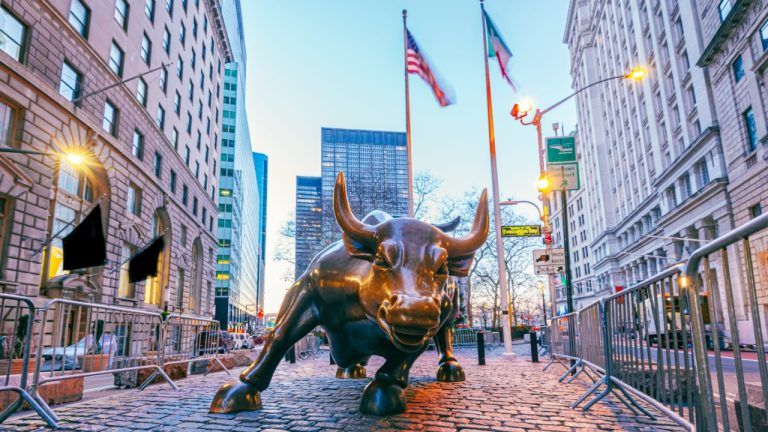
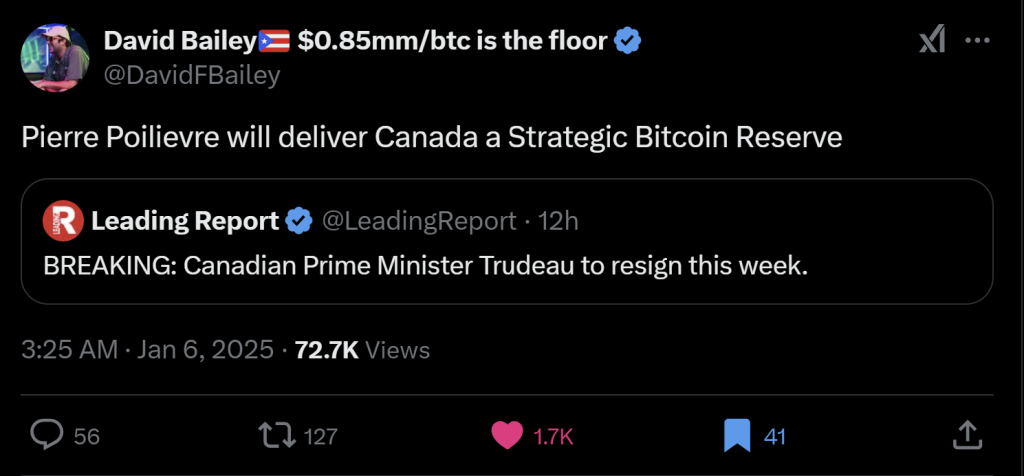

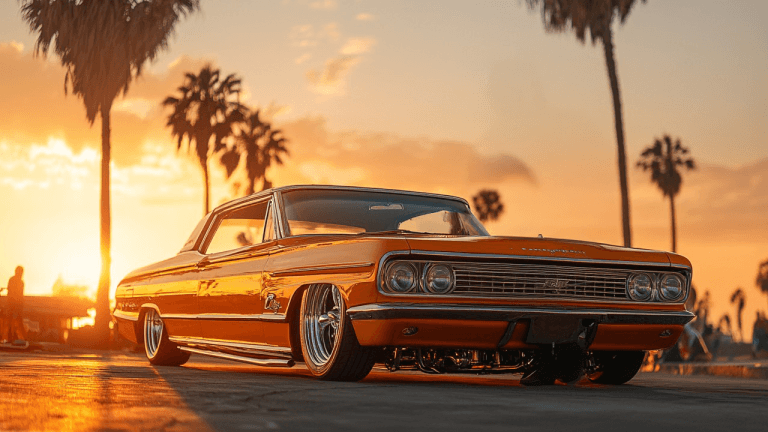



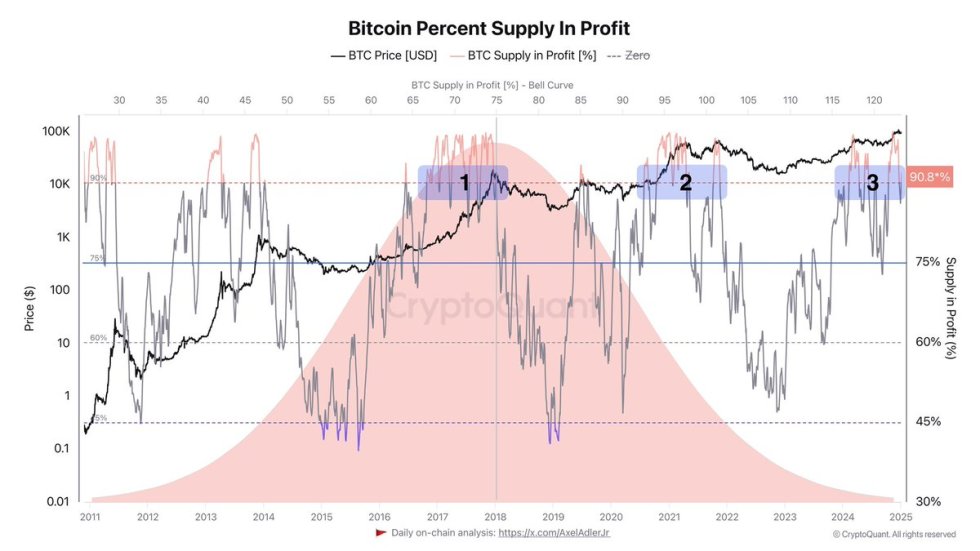




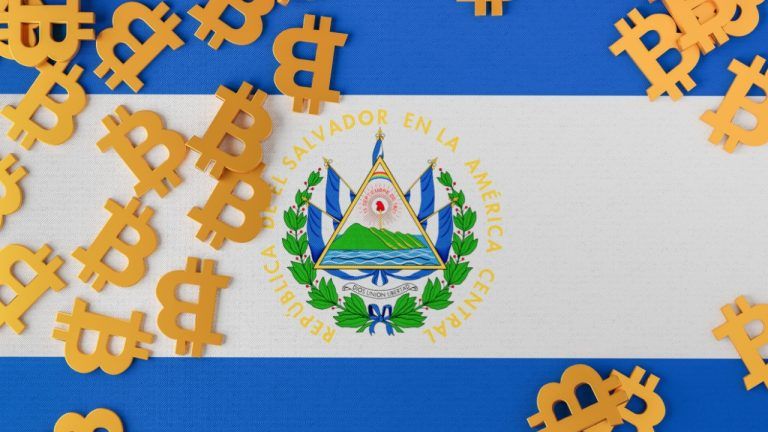

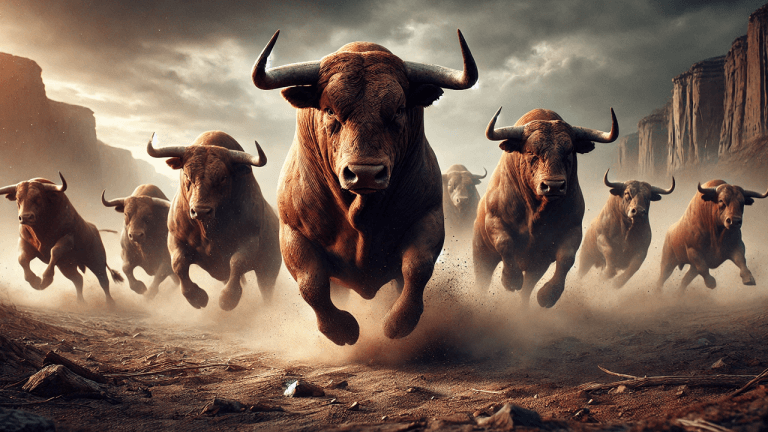
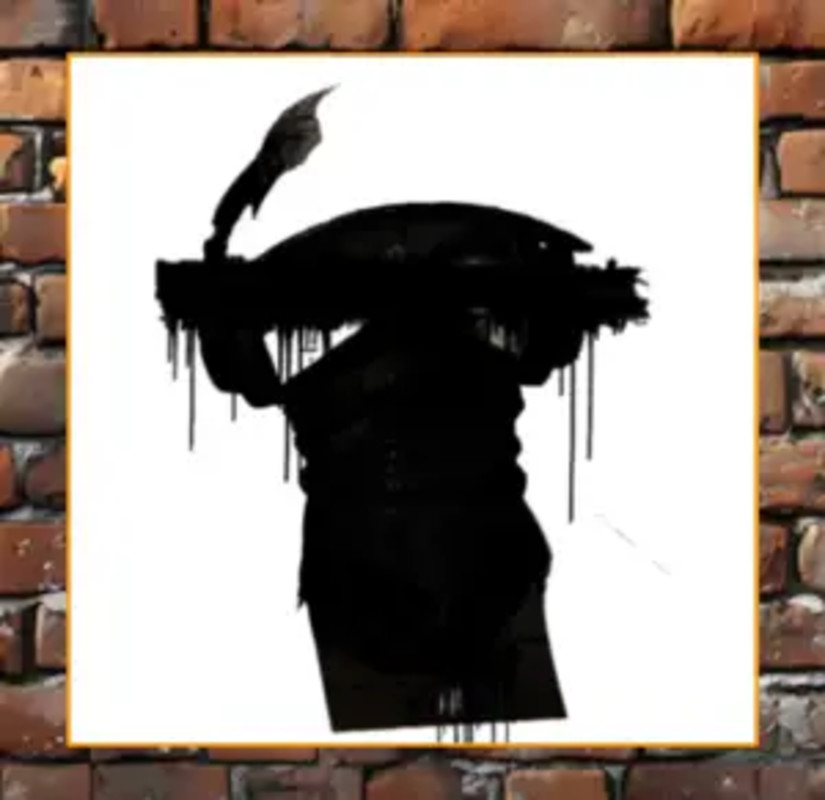
Comments